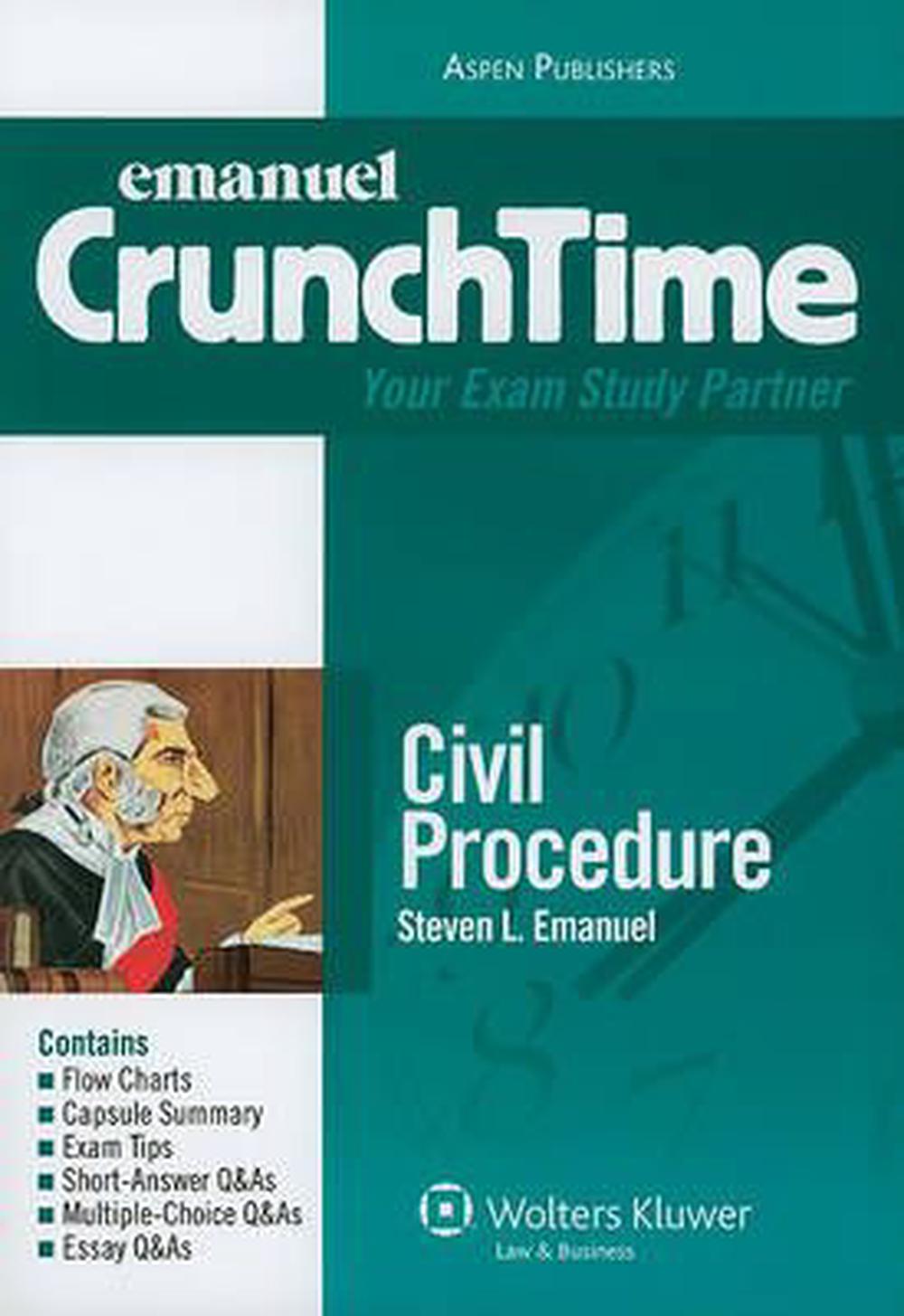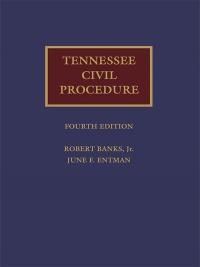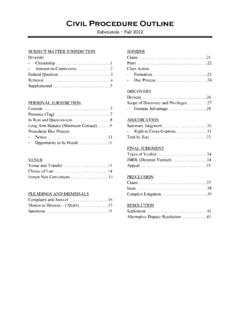
Rule 52(c) expressly permits the court to enter judgment “at any time that it can appropriately make a dispositive finding of fact on the evidence.”9 This may occur “earlier than the close of the case of the party against whom judgment is rendered.”10 In addition, a court may enter judgment on partial findings sua sponte “at any time during a bench trial, so long as the party against whom judgment is to be rendered has been ‘fully heard’ with respect to an issue essential to the party’s case.”11 While the Rule implies that a party need not wait until the close of the opposing party’s case to move for a judgment, logistically, that is when this motion is most likely to be made. Specifically, when considering a motion under Rule 52(c), the court “applies the same standard of proof and weighs the evidence as it would at the conclusion of the trial.”6 In other words, the court “does not view the evidence through a particular lens or draw inferences favorable to either party.”7 An appellate court will review the court’s findings of fact under Rule 52(c) under the clearly erroneous standard.8
#JMOL CIVIL PROCEDURE TRIAL#
Rule 52(c) contemplates that a judge in a bench trial is to fully engage in fact finding when entering a judgment on partial findings. A judgment rendered under this rule is properly referred to as a “judgment on partial findings” or “judgment,”4 although it is often still called an involuntary dismissal.5

In 1991, this provision was deleted from Rule 41(b) and inserted into Rule 52(c),3 although that transfer was never made to the South Carolina rules. A judgment on partial findings must be supported by findings of fact and conclusions of law as required by Rule 52(a).Ī judgment under Rule 52(c) “operates as a decision on the merits in favor of the moving party.”1 Importantly, judgment may be “entered against both plaintiffs and defendants with respect to issues or defenses that may not be wholly dispositive of a claim or defense.”2 The current version of Rule 52(c) incorporates a former version of Rule 41(b), which provided for bench trials to be involuntarily dismissed as a matter of law when the plaintiff failed to carry its burden of proof. The court may, however, decline to render any judgment until the close of the evidence. If a party has been fully heard on an issue during a nonjury trial and the court finds against the party on that issue, the court may enter judgment against the party on a claim or defense that, under the controlling law, can be maintained or defeated only with a favorable finding on that issue. The purpose of this article is to clarify the scope of Rule 52(c) and SCRCP 41(b) and explore the differences be- tween a motion brought under this rule and other dispositive motions. While these two sets of rules are commonly confused by lawyers, such a mistake need not occur.

One may be tempted to move for a judgment as a matter of law under Federal Rule of Civil Procedure 50(a), but the correct procedure in federal court is to move for judgment on the merits pursuant to Federal Rule of Civil Procedure 52(c) or, in state court, for involuntary non-suit under SCRCP 41(b).

At this point, a lawyer may consider moving for a judgment on the merits. Opposing counsel has finished presenting all of the evidence supporting an issue critical to their client’s case, and the evidence is simply not enough to establish their claim.

It’s that moment every lawyer hopes for in a bench trial. 52(c) And SCRCP 41(b)Ībby Kobrovsky And Jennifer Thiem 11:05:08 South Carolina Lawyer - March 2018 Moving For A Judgment On The Merits During A Bench Trial: Fed.


 0 kommentar(er)
0 kommentar(er)
